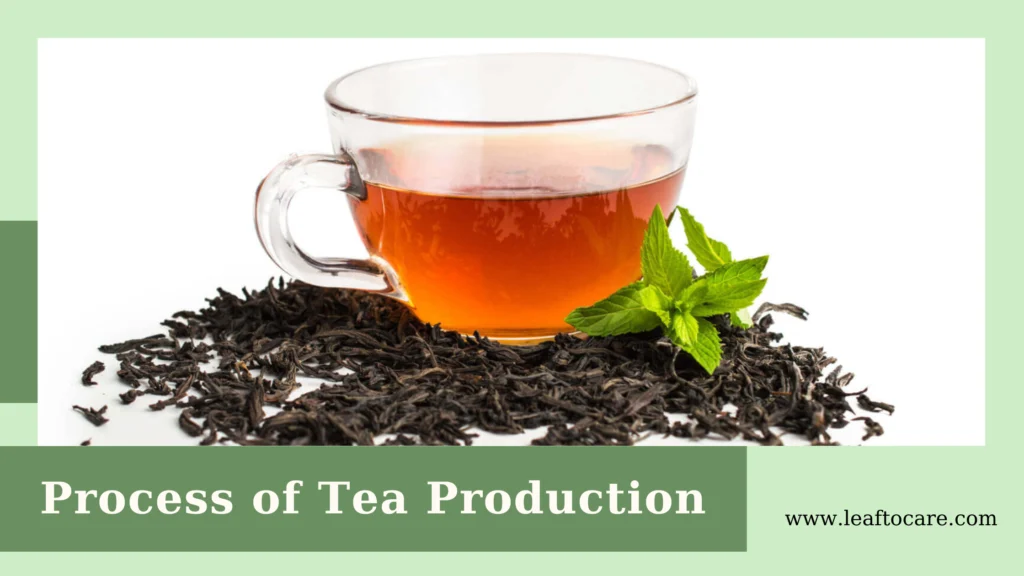The process of tea production has a really cool story! It’s healthy, used in special ceremonies, and making it is like an art. It begins with a small plant, and how the tea tastes and smells depends on where it grows, how much sun it gets, and how well it’s taken care of. People who are experts in tea take care of it until it’s ready to be picked. Then, they use a special process to make different types of tea, like green or black tea, each with its own unique taste.The tea plant comes in two types: one with small leaves that likes cool, mountain areas like China and Japan, and another with bigger leaves that thrives in hot, rainy places like India and parts of China. Both have shiny green leaves and small, white flowers.
What is Tea?
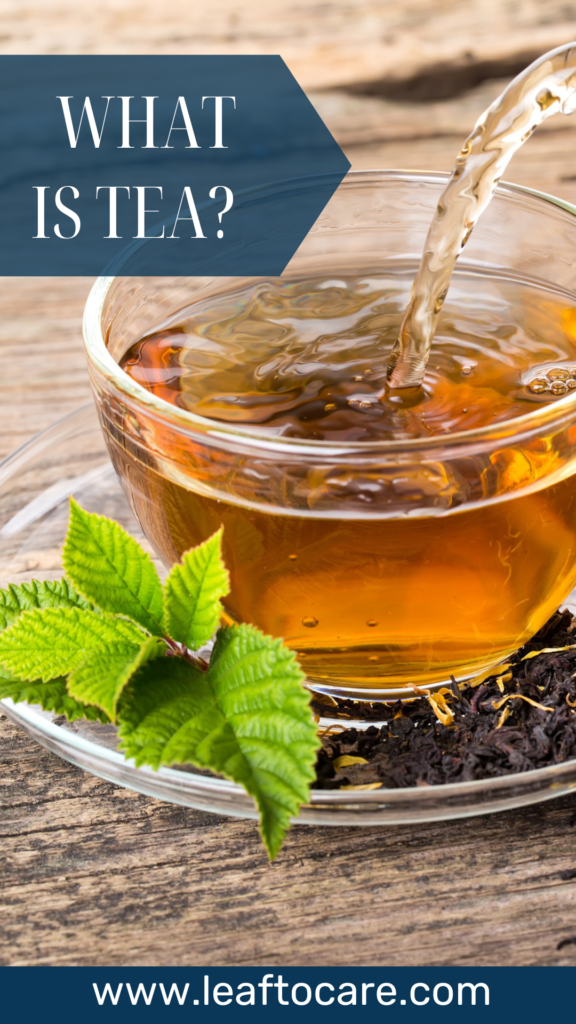
Tea is really loved all around the world, just after water! It comes in lots of flavors, like fresh and herby or flowery and spicy, so there’s a type for everyone. And guess what? It’s good for your health too! So, it’s like having something yummy that’s also good for you.Tea began in China and was used by ancient groups like the Romans and Greeks. It became a big deal in Chinese and Japanese ceremonies. It reached the West in the 16th century through Portuguese travelers. But it wasn’t until the 17th century, during British rule, that tea became super popular in Great Britain.
How is Tea Made?
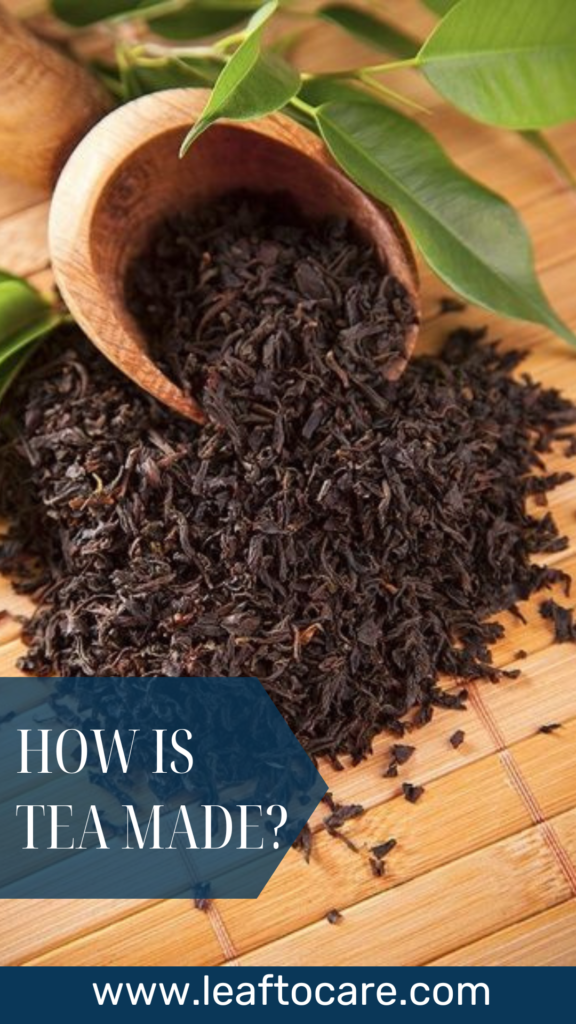
Tea starts as tender leaves from the Camellia sinensis plant. For black tea, leaves are withered, rolled, oxidized, and dried. Green tea is minimally oxidized through steaming or pan-firing, while oolong tea falls between black and green in oxidation. Herbal teas blend various plants and herbs. After processing, teas are sorted, packed, and ready for brewing—a journey from leaf to cup, capturing nature’s essence and craftsmanship.
Where Do Tea Leaves Come From?
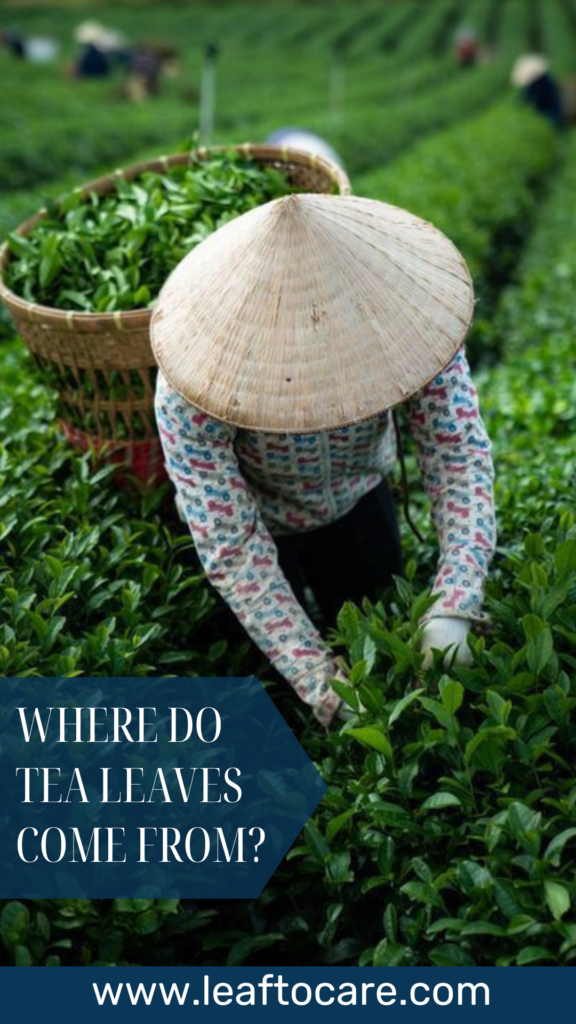
Tea plants come from East Asia, maybe China or India, and those places still make a lot of tea. Other countries like Kenya, Sri Lanka, Turkey, Vietnam, Japan, and Argentina also grow tea leaves. People have been growing tea for a really long time, even back to ancient China around 59 BC. Tea bushes can get super tall, up to 30 feet, but we keep them short so they make more leaves and are easier to take care of.
How Tea Leaves are Processed
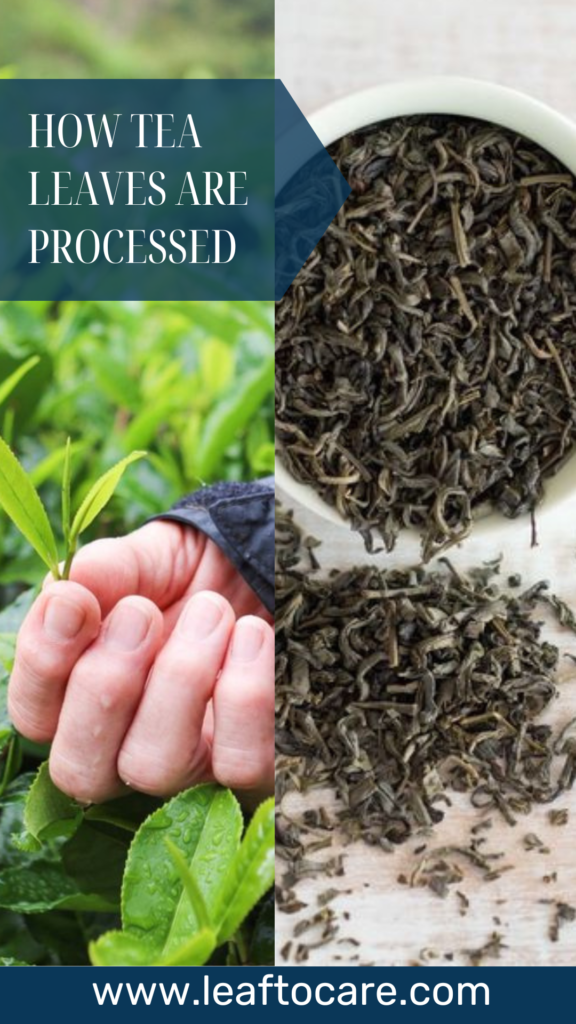
Once people pick tea leaves, they dry them to remove water. After that, they might roll and ferment the leaves. The process of tea production brings out the oils and special smells that make each tea different. Tea experts taste them to make sure they’re good, then mix them to create different kinds of tea. Finally, they pack the tea in bags or as loose leaves, ready for making tea.Darker teas like oolong and black tea taste strong because they go through a process called oxidation. The leaves are withered and rolled to interact with oxygen, making them darker and giving them stronger flavors compared to delicate teas like green and white tea. There are two ways to oxidize: the orthodox method, which is more common, and the CTC method.
Orthodox Method

In the orthodox method, tea goes through 4 steps: withering, rolling, oxidation, and drying. Each step adds flavors to make darker teas taste the way they do.
Withering
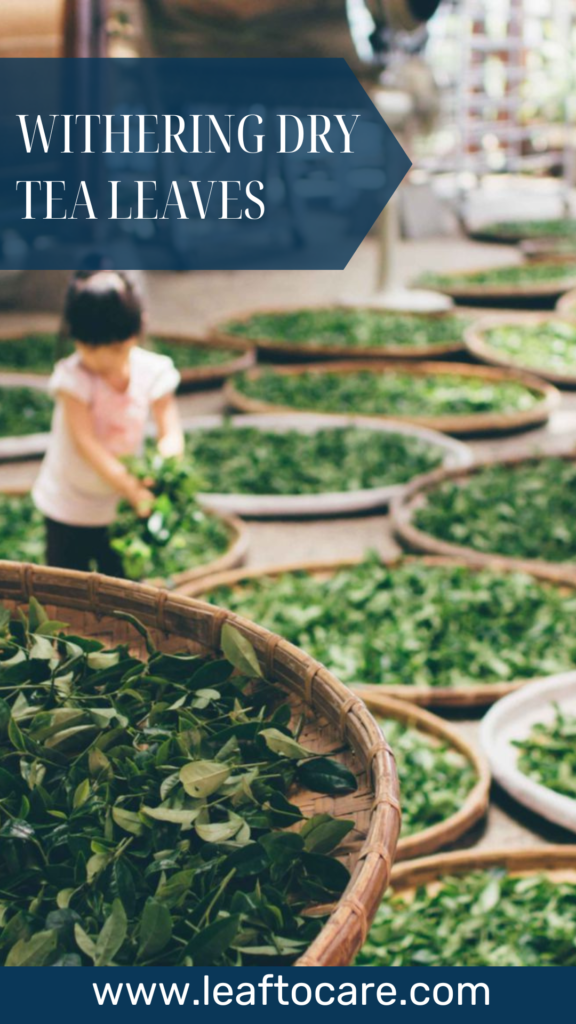
After picking tea leaves, they go to the factory. For black or oolong teas, the leaves are dried a bit to remove some moisture. This makes it easier to roll them without them breaking. When picked, the leaves are wet (about 75%), but for rolling and oxidation, they need less water (around 45%). They lose this water by spreading out on a tray and sitting in cool air for 8 to 18 hours to dry.
Rolling
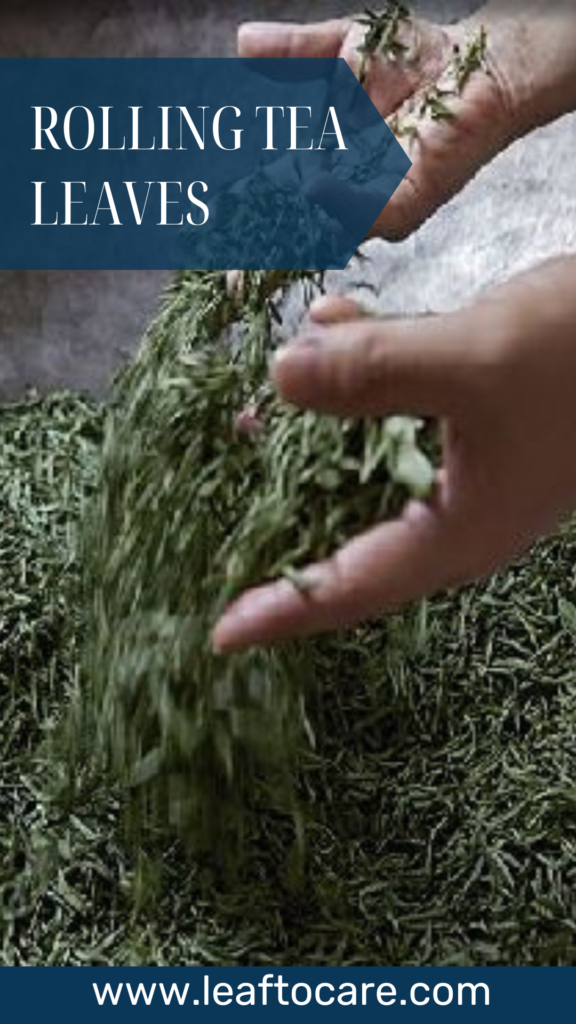
After the leaves get dried a bit, they’re rolled to help them oxidize. In the old way, people would roll them by hand, but nowadays, machines do it faster. When the dried leaves get rolled, it breaks them a bit inside and lets out oils. These oils mix with oxygen to make the tea taste and smell good.
Oxidation
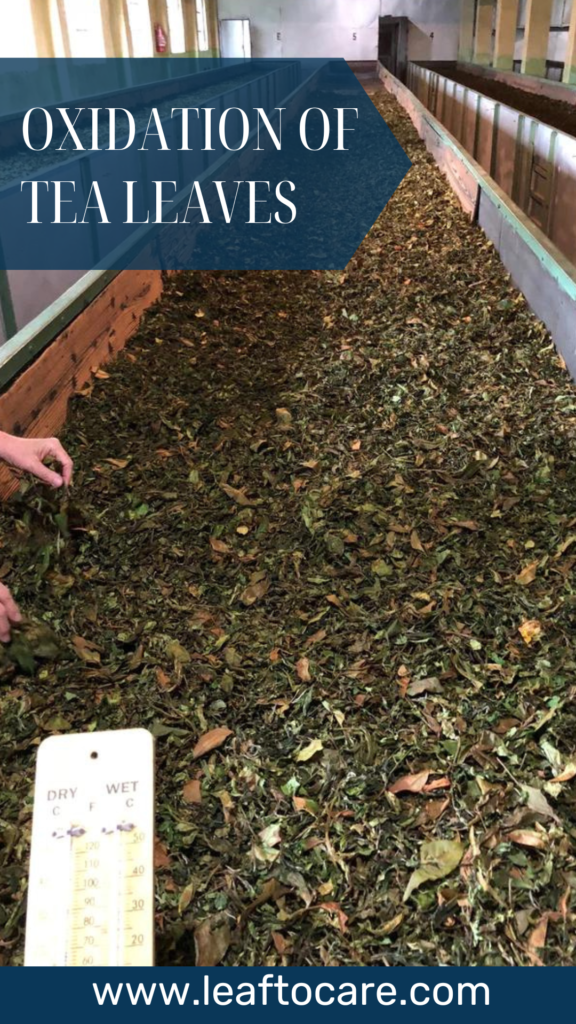
Once the leaves are rolled, they start oxidizing, which decides how strong and flavorful the tea will be. Enzymes and oxygen team up to change the color and release tannins, making the leaves darker. Tea makers keep it warm and damp to control how much oxidation happens.The temperature, around 80-85 F, and how long oxidation lasts create various types of tea. Green and white teas stay green with a fresh taste because they aren’t oxidized much. Oolong, partially oxidized, is light brown and has a milder taste. Black tea, fully oxidized, turns reddish-brown and packs a bold flavor.
Drying

To stop the tea leaves from changing further, they’re dried out. Different ways are used—like pan-firing, sun-drying, or baking—depending on what the tea maker likes or what’s traditional. They use high temperatures, over 100 F, to stop the leaves from changing and make them really dry, about 2-3% moisture left.
CTC Method
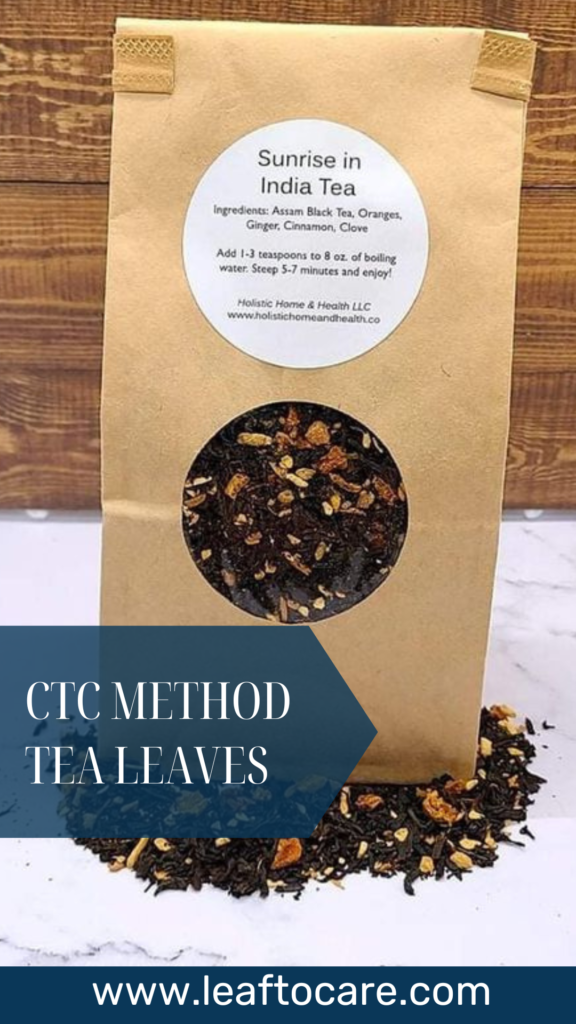
In the crush-tear-curl method (CTC), tea leaves become tiny bits and pellets. They go through drying and other steps just like regular tea. The big difference happens when they’re rolled. Machines with lots of sharp teeth do the rolling, breaking the leaves into small bits. These tiny pieces are mostly used for tea bags.
Source Of
- Caffeine (traditional teas, not herbal)
- Polyphenols
- Flavonols – myricetin, quercetin, kaempferol
- Theaflavins – formed when black tea leaves are oxidized
- Catechins – found in green tea; epigallocatechin-3 gallate (EGCG) is the main form
TEA CLASSIFICATION AND CHEMICAL COMPOSITION
Sure! Tea can be grouped into three main types: green (not fermented), oolong (partly fermented), and black tea (fully fermented). They all come from the same plant, but different processes are used to make each type. These processes include things like fixation, withering, rolling, fermentation, and drying. Each type of tea needs a specific combination or separation of these steps to get its unique characteristics.
| Tea Type | Classification | Key Components |
| Green Tea | Unoxidized, heat-treated | Catechins, amino acids, vitamins (C), minerals. |
| Black Tea | Fully oxidized | Theaflavins, thearubigins, caffeine, polyphenols. |
| Oolong Tea | Partially oxidized | Catechins, theaflavins, thearubigins, amino acids. |
| White Tea | Minimal processing | Catechins, theaflavins, antioxidants. |
| Pu-erh Tea | Fermented and aged | Polyphenols, theabrownins, statins, caffeine. |
| Herbal Tea | Infusions from herbs, fruits | Varies based on herbal ingredients used. |
| Chamomile Tea | Made from dried chamomile | Apigenin, bisabolol, flavonoids. |
| Peppermint Tea | Made from dried peppermint | Menthol, menthone, antioxidants. |
| Rooibos Tea | From South African red bush | Aspalathin, quercetin, no caffeine. |
| Yerba Mate | Made from South American holly | Caffeine, theobromine, polyphenol |
Green Tea
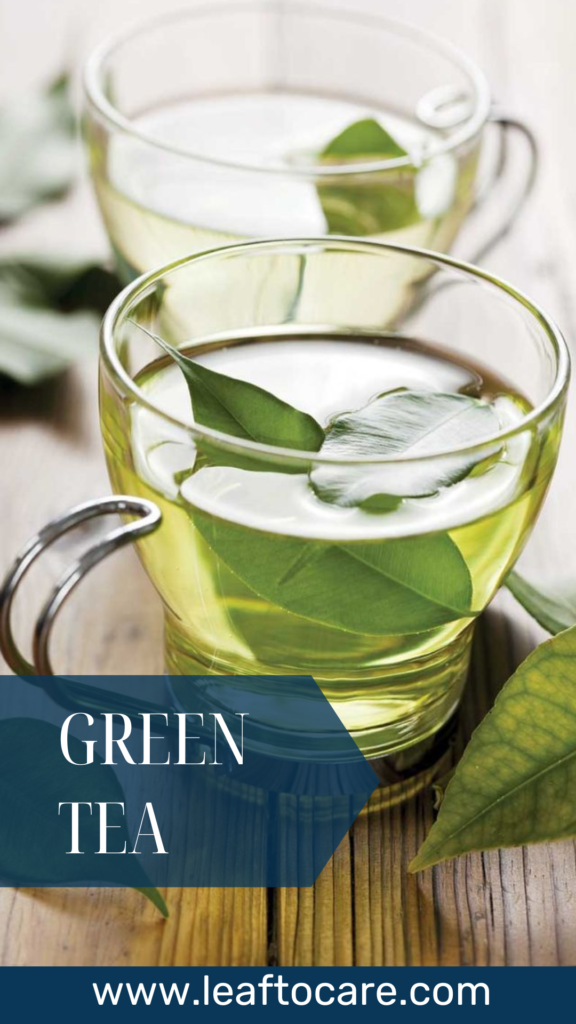
Green tea comes from China and Japan. In China, they heat the leaves using a pan or roasting method, while in Japan, they often steam the leaves.It’s really good for your heart because it has lots of flavonoids. These can help by lowering bad cholesterol and reducing blood clotting.Green tea might have an effect on liver, breast, prostate, and colorectal cancers. It’s also anti-inflammatory, which means it helps your skin stay clear and healthy.One special type of green tea that’s become popular lately is matcha. It’s a fine, high-quality powder made from the whole leaves of tea bushes that are grown in the shade.
Oolong Tea

Oolong tea is a Chinese tea type that comes from the same plant as green and black teas. What makes it different is how it’s processed: Green tea doesn’t oxidize much, while black tea oxidizes until it’s black. Oolong tea falls in the middle—it’s partially oxidized. Oolong tea has something called l-theanine, which helps lower anxiety and makes you more alert and focused. It’s been seen that l-theanine might also help prevent diseases like Parkinson’s and Alzheimer’s.
Black tea

This tea comes from the same plant as green tea, but it’s dried and fermented, which makes it darker and richer in taste.It has caffeine, unlike some other types of tea, so it’s good to keep an eye on how much you drink.Black tea isn’t just for drinking—it can help with pain and swelling when pressed onto cuts or bruises. A bath with black tea can also calm skin inflammation from rashes or things like poison ivy.
Is decaffeinated tea healthy?
Decaffeinated tea can still offer health benefits similar to regular tea, like antioxidants that help fight cell damage and boost overall health. However, the decaffeination process might reduce some of these benefits. It’s a good choice if you’re sensitive to caffeine but still want to enjoy tea’s goodness. Remember, while it’s a healthier alternative for some, it might not pack the same punch of benefits as regular tea due to the process used to remove caffeine.
Conclusion
Analyzing the process of tea production unveils a fascinating journey from leaf to cup. Understanding the steps involved—like withering, rolling, oxidation, and drying—reveals the distinct characteristics of each tea type. Recognizing these intricacies sheds light on the flavors, aromas, and health benefits derived from different teas. It’s a blend of science, tradition, and craftsmanship that contributes to the diverse world of tea, offering insights into its cultural significance and its impact on personal well-being.
